Pinterest is a social media platform, accessible through an app and website. It’s known for its great ideas and inspiration for crafts, decor, and more, but there is a dark underbelly of inappropriate content accessible to kids.
Like other social media platforms, Pinterest is also used as a search engine. There are no Pinterest age restrictions, so inappropriate content can appear when a child searches on the platform. On Pinterest, even young teens can create secret boards that hide links to other sites.
Five Reasons Pinterest is Not Safe for Kids
Inappropriate Content on Pinterest
Many kids use Pinterest as another social networking platform. [1] Pinterest has no parental controls and allows direct messaging, which is how 60% of predators find victims online. [2]
Here are 3 types of inappropriate content kids can pin.
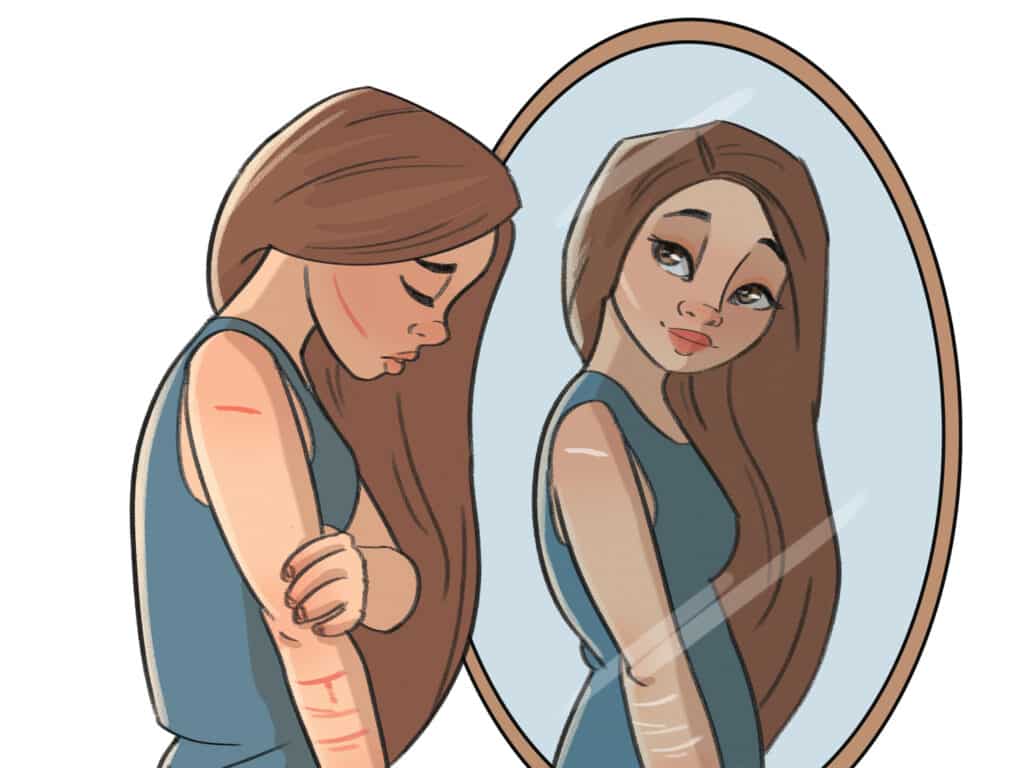
Self harm/suicidal content
Kids seem to be two steps ahead of Pinterest’s efforts to remove pro-anorexia, self-harm, and suicidal content. Secret hashtags such as #thinspiration, #cutting, and #secretsociety123 are created by youth to discuss and promote self-harm pins. [3]
As soon as these hashtags are banned by Pinterest, new ones are created in their place. This provides kids access to content that glorifies self-harm and feeds disordered thinking.
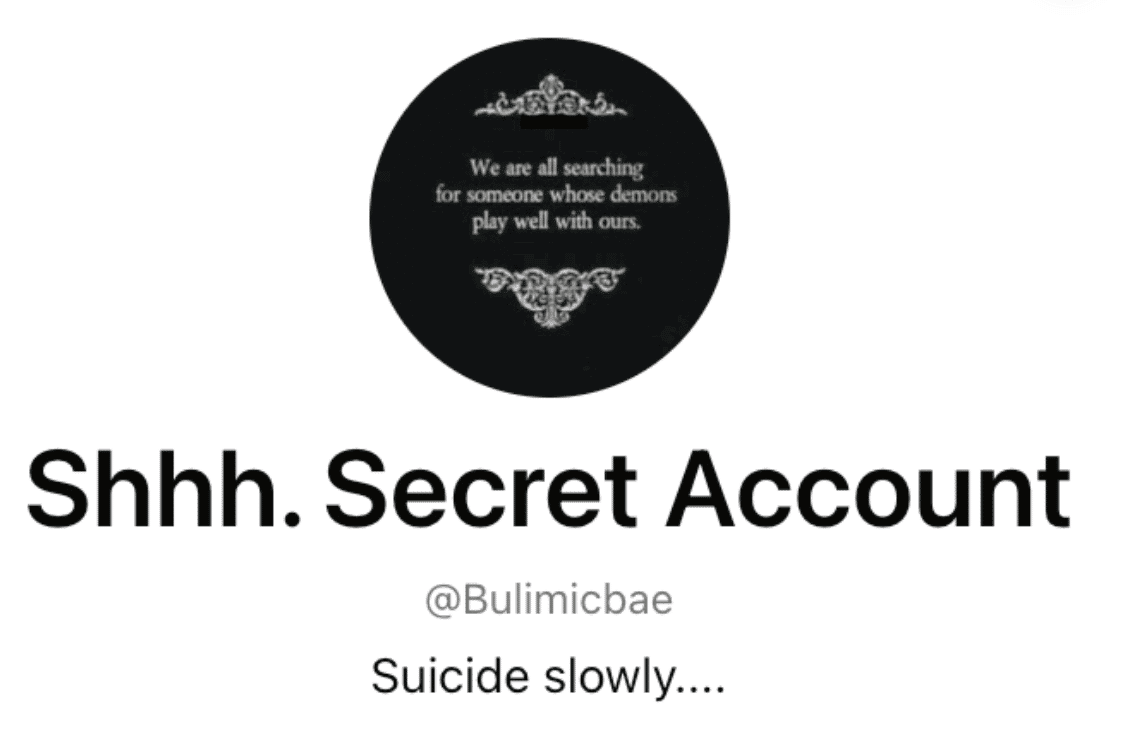
The negative effects of social media, including Pinterest, were ruled as a cause of death in the suicide of a 14-year-old teen. Following her death, her Pinterest board was found to contain 469 images relating to depression, self-harm, and suicide. [4]
She died from an act of self-harm while suffering from depression and the negative effects of online content.”
-Senior coroner Andrew Walker
When we are aware our kids may be creating various boards that contribute to a decline in their well-being, we are better equipped to have open conversations about mental health.
Call/text 988 or go to the nearest emergency room for help if you or a loved one is at risk of suicide.
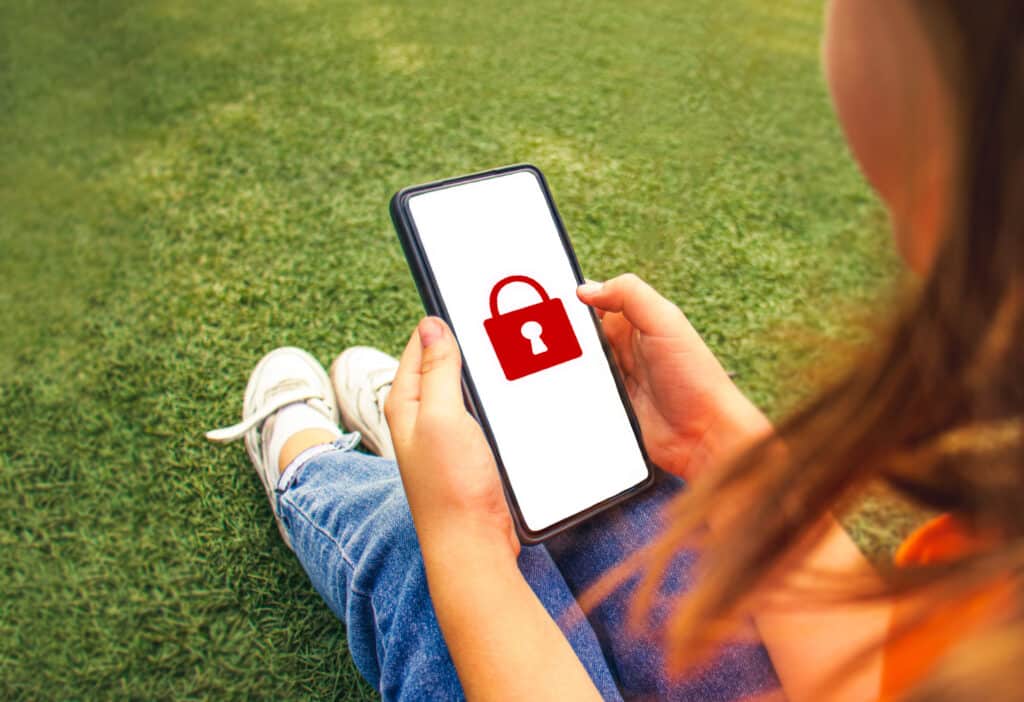
Pornographic Access on Pinterest
Private boards can provide a place for kids to keep their activities, including pornography, hidden from their parents. All it takes is a simple click of a button when creating a board to “keep this board secret.”
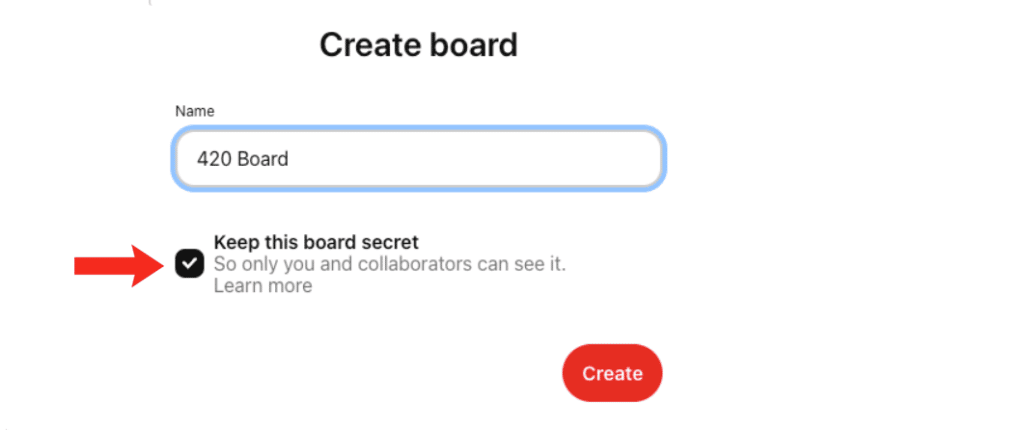
Parents who follow their children on Pinterest will not see their secret boards. We can have open conversations, including asking their children if they have secret boards. It’s important to let kids know they will not be in trouble for having a secret board. We want to be able to support them, and knowing what they are struggling with will allow us to help.
Pinterest fails to restrict explicit & harmful content
Pinterest’s community guidelines state that they restrict the distribution of explicit content, but some nefarious Pinterest users are dedicated in replacing removed sexual content and creating new tags to replace banned ones.
Once an X-rated hashtag is banned, one or more substitute hashtags are instantly coined. For example, #boobs evolves into #bööbss… or #boobiess.
[5]
Boards can link out to websites with pornographic content and certain hashtags bring up suggestive images throughout Pinterest’s platform. Misspelling a word that is banned or creating seemingly unrelated words as hashtags for porn are common ways to get around the restrictions. Whereas #boobs may be restricted, #bööbss can direct kids to explicit content.
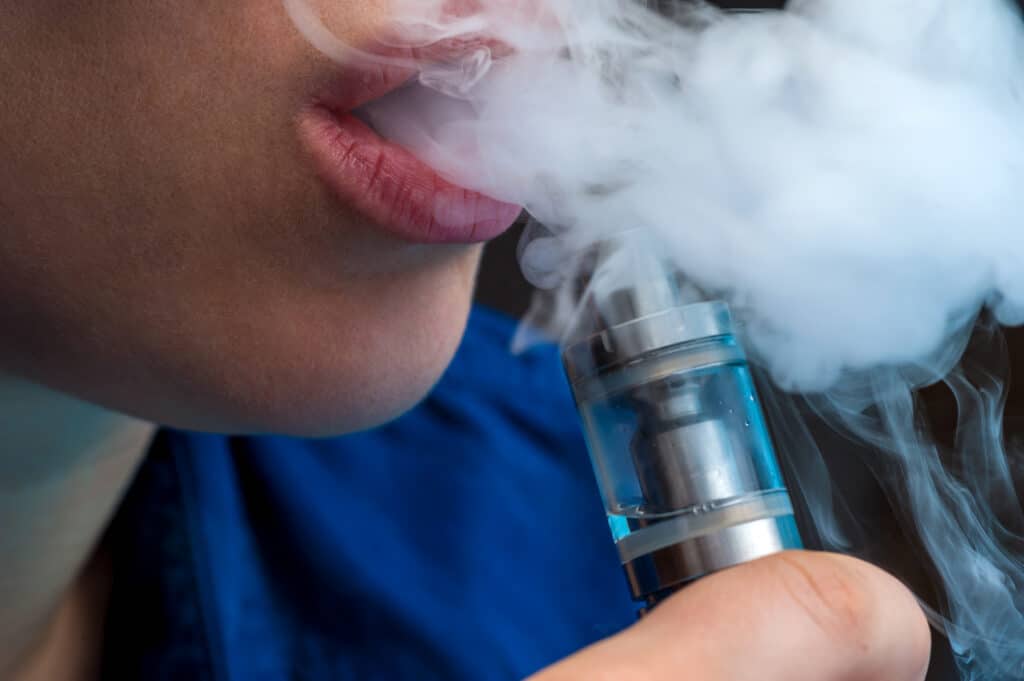
Glorification of Substance Abuse
Misinformation and romanticized portrayals of substance abuse have high engagement rates on Pinterest. [6] Some legalized drugs are advertised on Pinterest, and illegal drugs can be purchased through social media, including Pinterest, through a simple private chat with a dealer.
Vaping
On Pinterest, vaping is displayed by celebrities and influencers, which legitimizes its use in the minds of young people. Vapor tricks promote e-cigarettes through vaping in creative ways, such as making vapor rings or a “waterfall” by blowing vapor out and then quickly sucking it back into the nose. [7]
Vaping extends to marijuana, with posts sharing the newest vaping technology and offering tips on how to get the best “high.” [7]
Illegal drugs & alcohol
A quick search for “drugs” on Pinterest populates boards promoting myriad drugs, including portrayals of Disney princesses drinking, and a plethora of comical drug memes.
The use of cartoons to promote harmful substances is not new, as the Federal Trade Commission brought a case against the Reynolds Tobacco company in 1997 for its unlawful marketing of tobacco to children using the Joe Camel cartoon.
The litigation settlement between the top five tobacco companies included “specifically ban[ning] the use of all cartoon characters . . . in the advertising, promotion, packaging, and labeling of any tobacco product.”
While this case brought to light the harmful effects on children that cartoon characters promoting illicit substances have, the litigation did not extend beyond tobacco smoke products. Pinterest allowing cartoons to glorify alcohol and drug use may put children at increased risk of substance abuse.
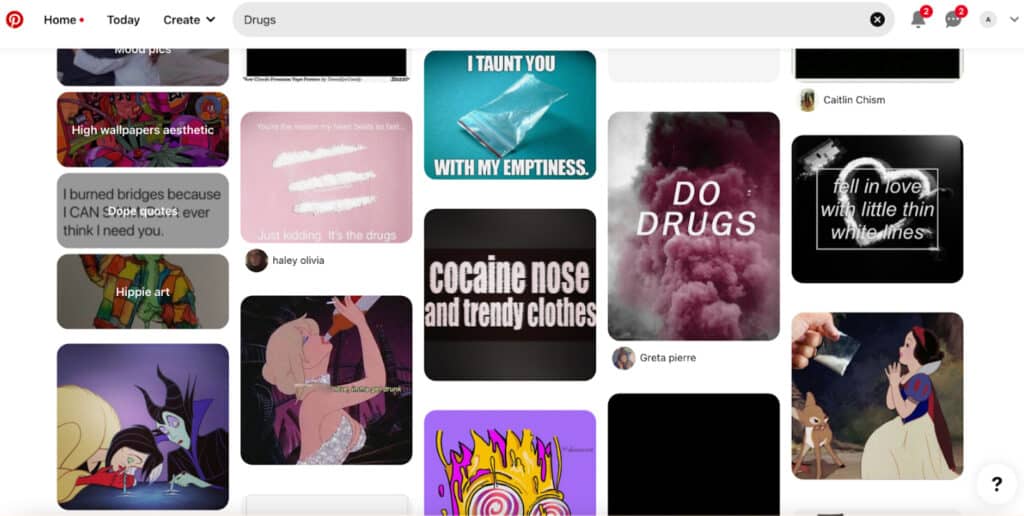
Drug dealers online can reach out to minors through Pinterest’s direct messaging and offer illicit substances to kids that can be mailed to their home. Often, these street drugs can be laced with fentanyl, a deadly drug that caused 77% of teen overdose deaths in 2021. [8]
Pinterest Lacks Parental Controls
Pinterest does not have parental controls or time limit options. You can follow your child’s account to see what they are pinning publically, however, private boards and communication can leave parents in the dark.
There is no age rating for Pinterest, so parents decide when the time is right for their child. Caregivers can encourage them not to provide personal information online, limit their screen time, and teach them how to block inappropriate content on Pinterest.
Having really open conversations about how drugs and other illicit and unhealthy behavior are widely shared on Pinterest will not encourage kids to become involved. Conversely, kids are more at risk when these behaviors are not discussed in the home.
Consider finding pins that could cause harm and talking about it together.
Conversations with Kids about Pinterest
As with all important topics, caregivers having regular open conversations with children are key protective factors. We can normalize talking about our digital lives within families, which signals to our children these topics are safe to discuss.
These can be organic conversations on car rides, while doing chores together, or when the topic comes up naturally such as if you see a movie character or influencer smoking. Starting young and providing simple facts about the health effects of substance use is a great start. Older children can have discussions on the language of drug emojis and drug sales on social media.
Kids are more likely to open up when they believe they won’t get in trouble or have their phone/internet privileges taken away. For some teens, having conversations while doing an activity they enjoy or via text may help them feel more comfortable.
Conversation Starters
- Did you see that movie character with a pipe? What do you know about pipes?
- Can you tell me what you know about how alcohol affects our brains?
- Why do you think there are age restrictions for vaping, alcohol, and CBD?
- Have you ever been offered drugs online or in person?
- I am so glad you felt safe enough to tell me.
- I would love to see what you are learning about on Pinterest. Let’s go through your boards together.
To learn more about the growing number of social media apps and internet safety, subscribe to Gabb Family Resources. You’ll stay up-to-date on critical information for parenting in the digital age.
References
- [1] Parent reviews for Pinterest. (2012, May 17). Common Sense Media. Retrieved October 12, 2022, from https://www.commonsensemedia.org/website-reviews/pinterest/user-reviews/adult
- [2] Cardei, C., & Rebedea, T. (2015). Detecting Sexual Predators in Chats using Behavioural Features and Imbalanced Learning. Natural Language Engineering, 1. https://www.researchgate.net/profile/Traian-Rebedea/publication/313228656_Detecting_sexual_predators_in_chats_using_behavioral_features_and_imbalanced_learning/links/5f24116a299bf1340494dc18/Detecting-sexual-predators-in-chats-using-behavioral-features-and-imbalanced-learning.pdf
- [3] Yandoli, K. L. (2021, August 26). Inside The Secret World Of Teen Suicide Hashtags. BuzzFeed News. Retrieved October 11, 2022, from https://www.buzzfeednews.com/article/krystieyandoli/how-teens-are-using-social-media-to-talk-about-suicide
- [4] Ott, H. (2022, September 30). U.K. coroner finds “negative effect” of Instagram, Pinterest content contributed to teen Molly Russell’s suicide death. CBS News. Retrieved October 11, 2022, from https://www.cbsnews.com/news/molly-russell-suicide-death-coroner-social-media-instagram-pinterest/
- [5] BBC News. (2019, February 7). Self-harm, suicide and social media: Can you talk about them online safely? BBC News. Retrieved October 12, 2022, from https://www.bbc.com/news/newsbeat-47131178
- [6] Cameron, T. (2020, September 12). There’s An Emoji That Unlocks Hidden Porn On Instagram And Here’s How To Use It. Texts From Last Night. Retrieved October 12, 2022, from https://tfln.co/how-to-find-porn-on-instagram-ddt/
- [7] Merten, J. W., Gordon, B. T., King, J. L., & Pappas, C. (2020, March 3). Cannabidiol (CBD): Perspectives from Pinterest. Substance Use &Amp; Misuse, 55(13), 2213–2220. https://doi.org/10.1080/10826084.2020.1797808
- [8] Lee, A., Hart, J., Sears, C., Walker, K., Siu, A., & Smith, C. (2017, July 3). A picture is worth a thousand words: Electronic cigarette content on Instagram and Pinterest. Tobacco Prevention &Amp; Cessation, 3(July). https://doi.org/10.18332/tpc/74709
- [9] Kachru, R., Perry-Lunardo, C., & Thompson, L. A. (2021, June 1). CBD Use in Children—Miracle, Myth, or Mystery? JAMA Pediatrics, 175(6), 652. https://doi.org/10.1001/jamapediatrics.2021.0367
- [10] 7 Things You Need to Know about Edible Cannabis. (2019). www.ccsa.ca. Retrieved October 12, 2022, from https://www.ccsa.ca/sites/default/files/2019-06/CCSA-7-Things-About-Edible-Cannabis-2019-en.pdf





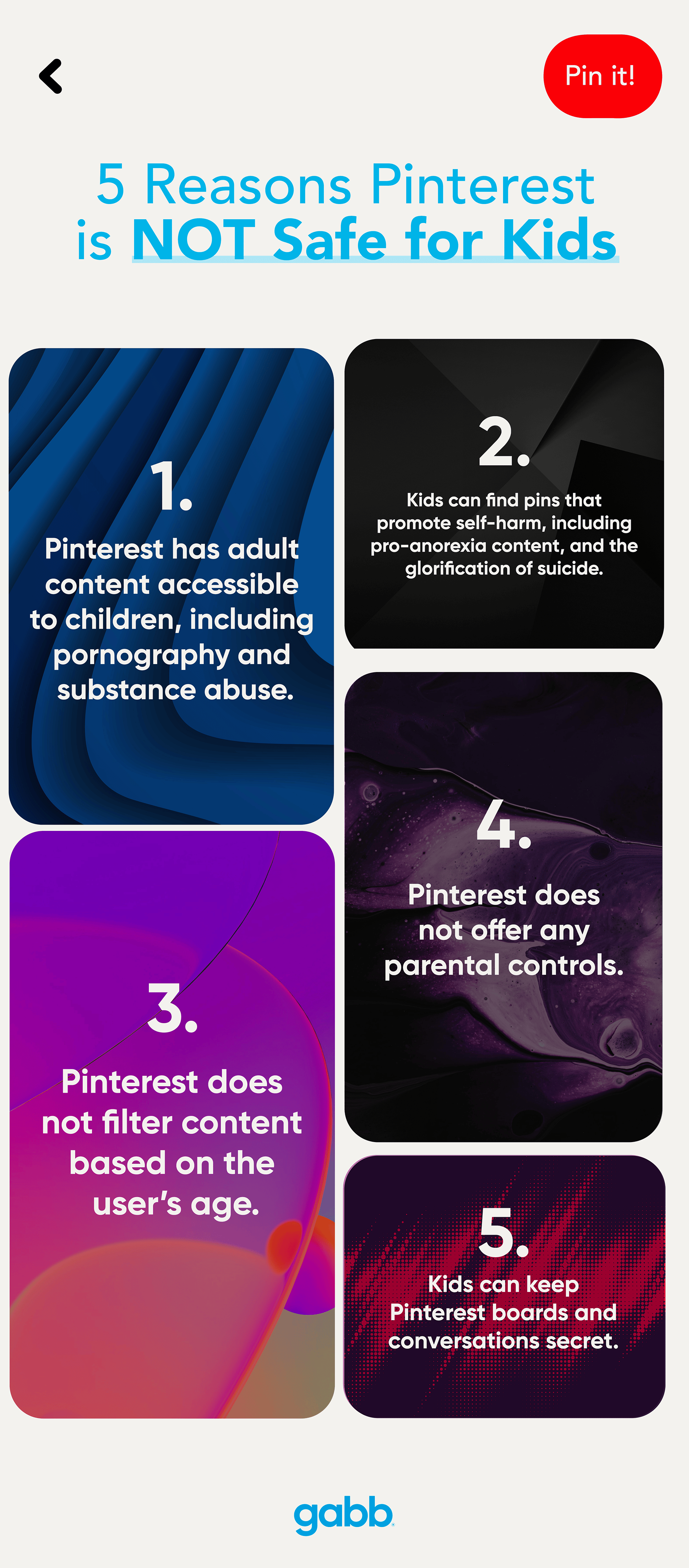




Success!
Your comment has been submitted for review! We will notify you when it has been approved and posted!
Thank you!